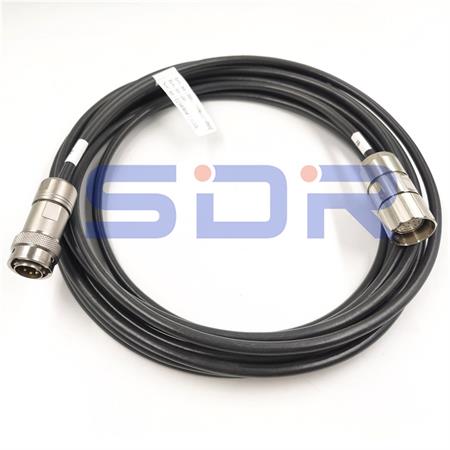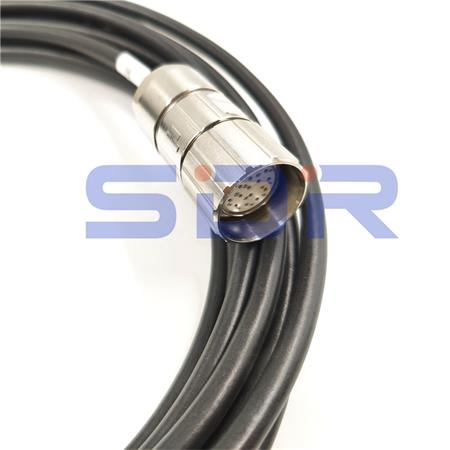As technology continues to advance, the utilization of industrial robots has become increasingly common. Yaskawa, a renowned robotics manufacturer, offers a range of high-quality robots designed to enhance productivity and efficiency in various industries. When operating a Yaskawa robot, it is crucial to follow strict precautions to ensure the safety of personnel and maintain the longevity of the equipment. One essential aspect to consider is the proper handling and usage of the power cord. This essay will provide an in-depth explanation of the precautions that should be taken when using the Yaskawa robot power cord.

1. Regular Inspection:
First and foremost, it is imperative to conduct regular inspections of the power cord. Before each use, visually inspect the power cord for any signs of fraying, cuts, or exposed wires. If any damage is detected, the cord should be replaced immediately to prevent electrical hazards, such as electric shocks or short circuits. Furthermore, check the connection points of the cord to ensure they are secure and intact.
2. Proper Storage:
When not in use, the power cord should be stored appropriately. Avoid placing heavy objects on top of the cord or subjecting it to extreme temperatures or humidity. Improper storage can lead to Cable deformation, weakening the cord's insulation, and potentially causing electrical malfunctions. Store the power cord in a designated area, away from sharp objects or potential sources of damage.
3. Prevent Overstretching:
During the setup and use of the Yaskawa robot, it is crucial to prevent overstretching the power cord. Ensure that the cord has sufficient length for the required operation without excessive tension or stress. Overstretching can result in cable damage, weakening the insulation, and potentially leading to electrical faults. If additional reach is necessary, use appropriate extension cords or relocate the robot closer to the power source.
4. Avoid Exposure to Liquids:
The Yaskawa robot power cord should always be kept away from liquids. Water or other fluids can conduct electricity and pose a significant risk of electrocution. Accidental contact with liquids may damage the cord's insulation, leading to electrical short circuits or a complete failure of the cord. When operating the robot in environments with a high moisture content, implement appropriate measures, such as watertight cable connectors or barriers.

5. Handle with Care:
Always handle the power cord with care to prevent unnecessary strain or damage. Avoid excessive twisting, pulling, or bending of the cord. Be mindful of any potential pinch points or areas where the cord may become entangled with other equipment. Rough handling may result in wire breakage, degradation in performance, or the creation of dangerous electrical conditions.
6. Disconnect Safely:
When it is necessary to disconnect the power cord from the Yaskawa robot or an external power source, do so safely. Prior to unplugging, ensure that the robot is powered off and any emergency stop switches are engaged. Grasp the plug firmly and pull straight, avoiding any unnecessary tugging or yanking. Avoid pulling on the cord itself to prevent damage to the wire connections inside.
Proper precautions when using the Yaskawa robot power cord are crucial for both the safety of personnel and the longevity of the equipment. Regular inspections, appropriate storage, preventing overstretching, avoiding exposure to liquids, handling with care, and safe disconnection are all essential factors to consider. By adhering to these precautions, users can ensure the consistent and reliable operation of the Yaskawa robot while minimizing the risk of electrical hazards.